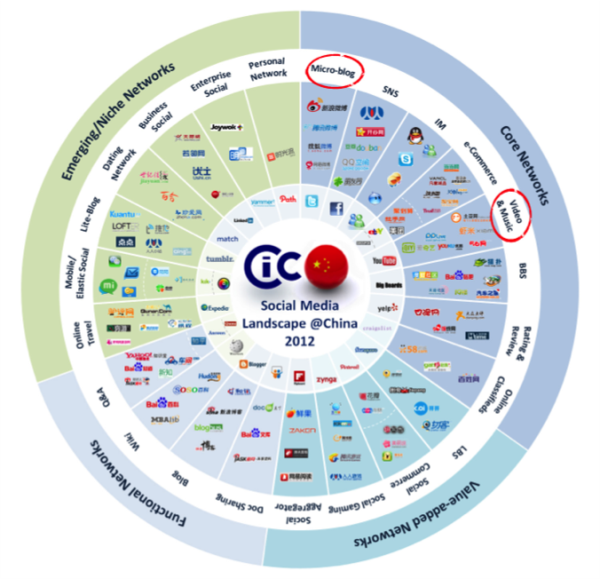Chinese customers are considered the top spenders in luxury goods worldwide, with a whooping 25% of luxury purchases globally. According to the World Luxury Association, wealthy Chinese buyers spent an estimated $7.2 billion on luxuries last year. To reach these buyers, luxury brands have begun to realize the power of social media. Chinese social media users will, on average, follow at least 8 brands. 43% of Chinese netizens are interested in products shared by friends on social networking sites, and 38% take shopping decisions based on recommendations on their social networks (statistics resources). To take advantage of this new wave of organic growth, luxury brands organize various online campaigns.
A good online marketing campaign typically relies on three factors: the right social media platforms, content writing, and the engagement of the online community. However, there are two additional elements associated with Chinese social media – government censorship and language. These additional elements are crucial for any Chinese-based media strategy.
Most popular international social sites are currently blocked under the country’s policy of Internet censorship, including Facebook, Twitter, and Youtube (see the inner circle of the infographic). However, there are equivalent Chinese social networks that have similar functionalities as their western counterparts (see icons along each spoke in the infographic). Each of these networks within the same category targets a unique demographic within that category. Therefore, luxury brands need to diversify their social media approach to influence Chinese customers.

CIC 2012 China Social Media Landscape – IWOMmaster
Luxury cars and cosmetics dominate the luxury category in Chinese social media. Most of these brands are very active on micro-blogging, and video-sharing sites (circled in red in infographic). As 25.3% of the population in Vancouver has Chinese as their first language, there exists great market potential for luxury brands to interact with customers on Chinese social media platforms. Luxury brands must therefore localize their social media approach.















